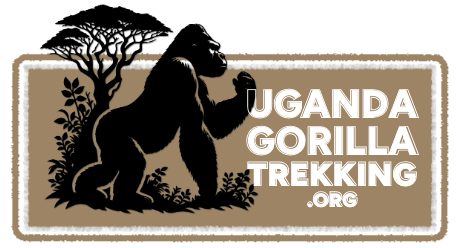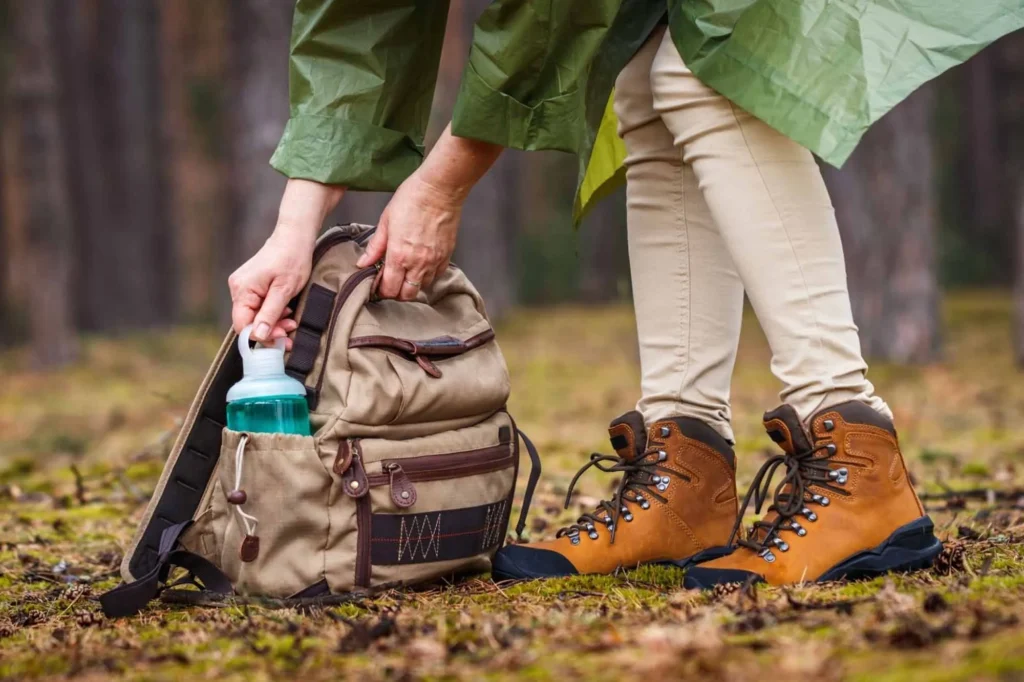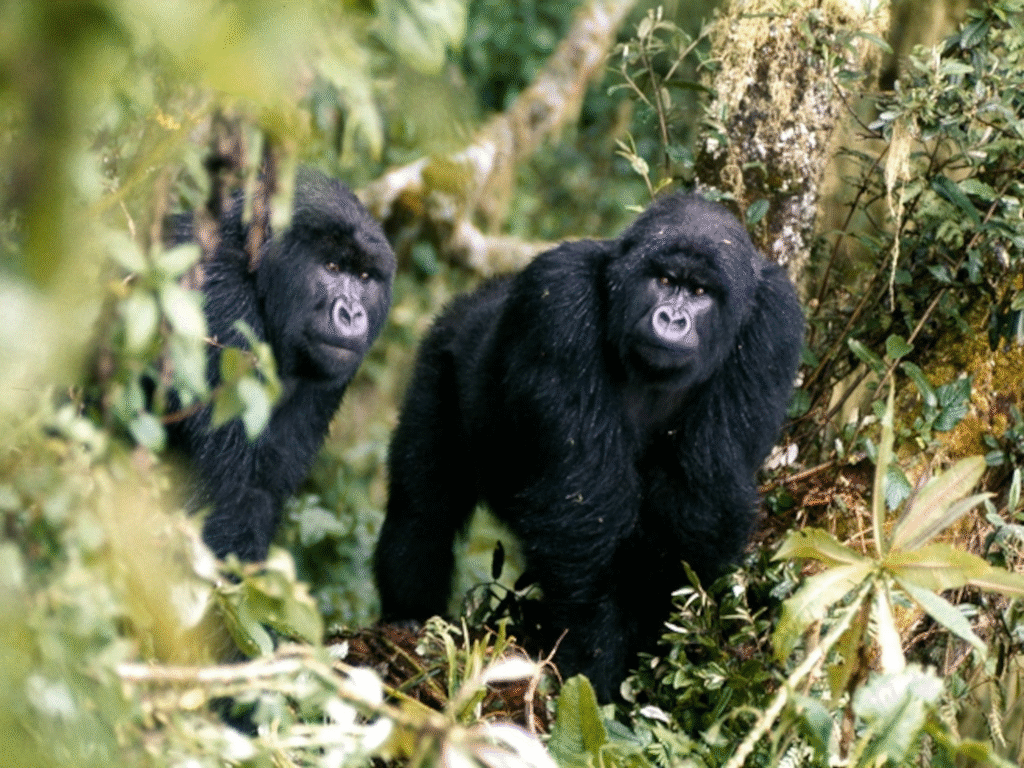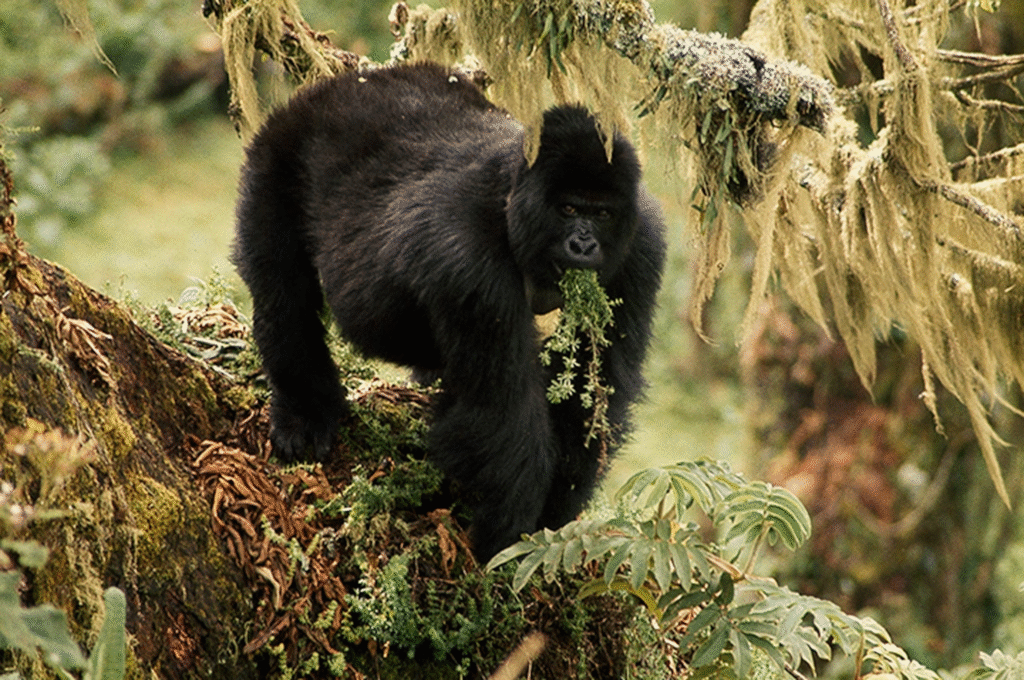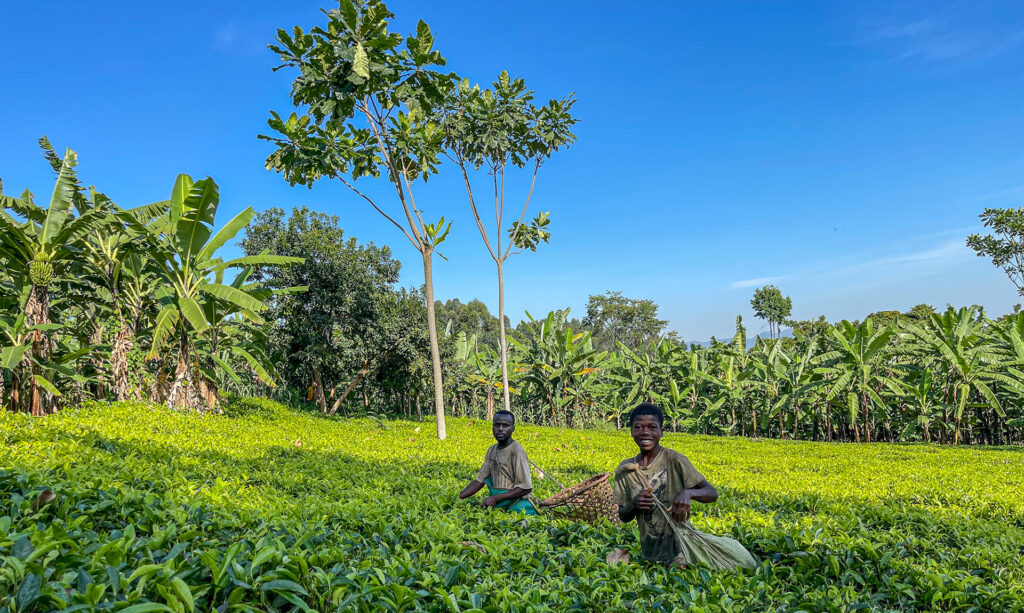Where the soul of the forest whispers in the mist
When planning a gorilla encounter in the wild heart of Africa, two words often surface—trekking and tracking. To many, they sound alike, yet they mark different sides of one unforgettable experience. Gorilla trekking refers to the full adventure visitors embark on: hiking through dense rainforests, climbing rugged trails, and finally spending a magical hour with a habituated gorilla family. It’s the emotional, physical, and visual journey that defines the safari for travelers.
Gorilla tracking, on the other hand, is the skilled behind-the-scenes work performed by local guides and rangers. Before trekkers even set foot in the forest, trackers rise early to locate gorilla groups using clues from the forest floor, vocalizations, and previous nest sites. Their success is what makes your trek possible. So while you may trek, they track — and together, these efforts create one of Africa’s most remarkable conservation experiences.
So lace up your boots, grab your camera, and prepare to meet the wild — this is where your gorilla trekking dreams and unforgettable safari adventures truly begin.
Truly Iconic Highlights in Uganda
Trek through Bwindi’s mystical rainforest and meet the endangered mountain gorillas in their breathtaking natural home.
Encounter mountain gorillas and golden monkeys on Mgahinga’s misty volcanic trails, where culture and alpine wildlife thrive together.
Unwind after your trek with a peaceful canoe ride across Lake Bunyonyi, Uganda’s most tranquil and scenic highland lake.
Enhance your gorilla trekking safari with an optional chimpanzee encounter in Uganda’s lush forests, adding depth and diversity to your primate adventure
Gorilla Trekking vs. Gorilla Tracking – What’s the Real Difference?
In the lush mountain rainforests of Uganda, Rwanda, and the Democratic Republic of Congo, a rare and soul-stirring adventure awaits — walking through ancient jungle in search of wild mountain gorillas. Whether you’re planning your own encounter or simply researching options, you’ll quickly encounter two terms that sound similar but subtly differ: gorilla trekking and gorilla tracking. Though often used interchangeably in tourism circles, these two words carry different implications in practice, especially when you’re on the ground in Africa’s dense, misty wilderness.
Understanding the real difference between gorilla trekking and gorilla tracking not only helps you grasp the logistics of your adventure but also deepens your respect for the intricate efforts behind every successful gorilla encounter.
Gorilla Trekking: The Experience of a Lifetime
Gorilla trekking is the term most frequently used in safari brochures, blogs, and conversations among travelers. It refers to the entire adventure of hiking through the jungle, guided by rangers and experts, to observe a habituated family of mountain gorillas in the wild. Trekking describes the full experience — from the initial safety briefing at the visitor center, to the trek itself that can last anywhere between 2 to 8 hours, all the way to the unforgettable 60-minute visit with the gorillas once they are found.
This term reflects the physical journey, the effort, the anticipation, and the emotional climax of coming face-to-face with a silverback gorilla or watching a playful baby swing between vines. Gorilla trekking is about discovery, connection, and surrendering yourself to the unpredictability of nature. It includes every muddy footstep, every uphill climb, every gasp of wonder. It’s the immersive, tourist-facing part of the journey.
Trekking also implies the shared effort — between you, your guide, your porters, and the surrounding wilderness. It is often what tourists book when they purchase a permit from Uganda Wildlife Authority (UWA) or Rwanda Development Board (RDB), and it’s what they’ll remember for the rest of their lives.
Gorilla Tracking: The Skill Behind the Encounter
Gorilla tracking, meanwhile, is a behind-the-scenes term used more commonly among conservationists, wildlife authorities, and the experienced guides who make these encounters possible. It refers specifically to the act of locating the gorillas. This happens well before you begin your trek, often hours in advance.
Every morning, trained trackers — many of them former poachers turned conservationists — set out early into the jungle to find the precise location of each habituated gorilla group. Using deep knowledge of the forest, signs from the gorillas’ previous nests, trails of broken foliage, dung piles, and sometimes vocalizations, these teams move swiftly and silently through the forest to find where the gorillas are feeding or resting. Once the gorillas are found, the trackers radio their location back to the main ranger station, helping guides know where to lead trekking groups that day.
This process is essential, because gorillas roam over vast and often inaccessible terrain. Without trackers, tourists would wander blindly for hours with no guarantee of success. Gorilla tracking is about expertise, patience, and an intimate understanding of gorilla behavior and terrain.
Why the Difference Matters to You
So, why should you care about the difference between trekking and tracking? Because it gives you a more profound appreciation of how much work goes into ensuring you have that once-in-a-lifetime moment with a gorilla family.
Every successful gorilla trek is supported by an invisible web of effort — from the trackers who rise before dawn to locate the apes, to the rangers who ensure your safety and guide you through the forest. When you understand this distinction, you see that your journey isn’t just about adventure — it’s also about collaboration, conservation, and respect for the land and its people.
Knowing the difference can also help you plan better. For example, you might hear that gorilla “tracking” is offered as a specific type of experience in some cases — particularly when referring to habituation experiences, which may involve more in-depth time with the trackers themselves. In Uganda, there is a special gorilla habituation experience where you spend four hours with a semi-habituated family — here, the focus is equally on tracking and observing behavioral patterns.
More Gorilla Trekking Information to Know.
Gorilla trekking goes far beyond just the hike — it’s a deep, emotional journey into the heart of Africa’s last wild rainforests. Knowing the right timing, permits, fitness tips, and park details can turn your experience from good to unforgettable.
In the Realm of Giants – Bwindi & Mgahinga in Frames.
Wander through an elegant gallery capturing Uganda’s most exclusive gorilla sanctuaries, where ancient forests cradle the last mountain gorillas in a world of mist, mystery, and majesty.
Essential Planning Tips for Visiting Uganda’s National Parks.
Get ready for the wild heart of Africa with expert travel tips on when to visit, what to pack, where to go, and how to make the most of your safari across Uganda’s breathtaking national parks.
Why Uganda for Gorilla Trekking?
Uganda is not just a destination — it's the very soul of gorilla trekking. With over half of the world’s remaining mountain gorillas calling its misty forests home, Uganda offers the rarest encounters in their most authentic setting. Here, your journey is not rushed or crowded. Instead, you’re guided by experienced rangers through pristine jungles where gorillas live as they always have — wild, free, and magnificent
From insider travel insights to unforgettable trekking guides, our blog is your trusted path into Uganda’s wild heart — connecting you with mountain gorillas, breathtaking landscapes, and the soul-stirring adventures that make this land unlike any other.
